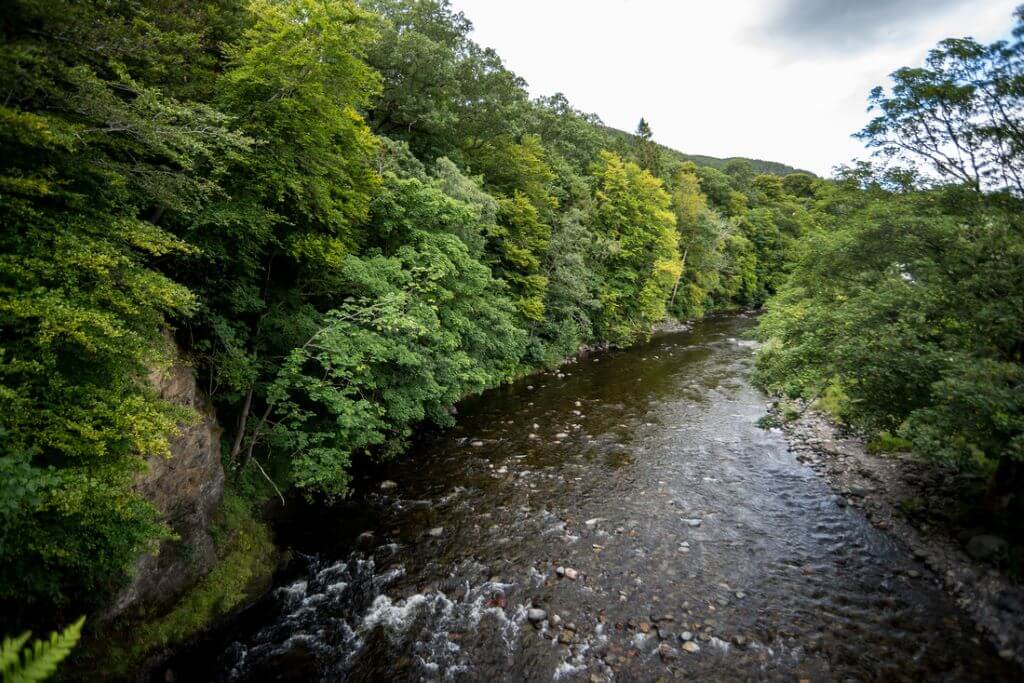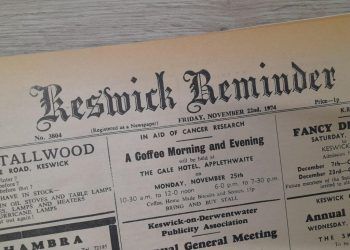
An abandoned lead mine is pumping out acidic pollution into rivers that feed into Bassenthwaite, a meeting of Threlkeld Parish Council has been told.
Coal Authority representatives Chris Newton and Mark Stacey attended the latest meeting of the council and said that there was concern about water flowing from the former Threlkeld lead mine.
It has been possible to trace pollution from the mine 25km downstream from the mine entrance on Gate Gill to the Glenderamackin, Greta, Derwent and ultimately Bassenthwaite.
The meeting was informed that inside the old mine shaft, which is around 1.2km under Blencathra, the old spoil and rock faces are reacting with water deep in the mine and then exiting into Gate Gill.
Councillors heard that at the mine entrance the amount of cadmium in the water is 268 times the safe level for a river. Lead is 327 times the safe limit and zinc is 2,660 the safe levels.
Members heard that it is a very stable environment in the mine and it will keep on producing this pollution output unless action is taken.
The impacts of the mine water, which has a “very acidic” PH of 3.7, as it leaves at a rate of six litres per second, is causing issues with river and lake health downstream. The Coal Authority, which has the task of cleaning up rivers linked to pollution from former metal mines, has come up with a solution which is to be the subject of a public consultation on May 14 and a planning application will be submitted to the Lake District National Park Authority for the project.
The proposal is to capture the water at the mine mouth, pipe it down the hill under the C2C path and into a field adjacent to the A66. In the field the water will be treated using cutting edge technology utilising natural chemical mechanisms to treat the water, including planting, settlement ponds and reed beds. Once it has been treated it will discharge back into the water course. The aim is that 95 per cent of the contaminated metals will be removed at this point.
The meeting was told that the Coal Authority needs to do some testing, including drilling, to establish how much mining waste/soil is in the field and where the bedrock is. This will take place in the spring/early summer.
The representatives said the Coal Authority was keen to have a good connection to the parish council and the local community.
It also wants to record the human history of the mine which goes back to Elizabethan times and is looking to include interpretation on this on the C2C route.








